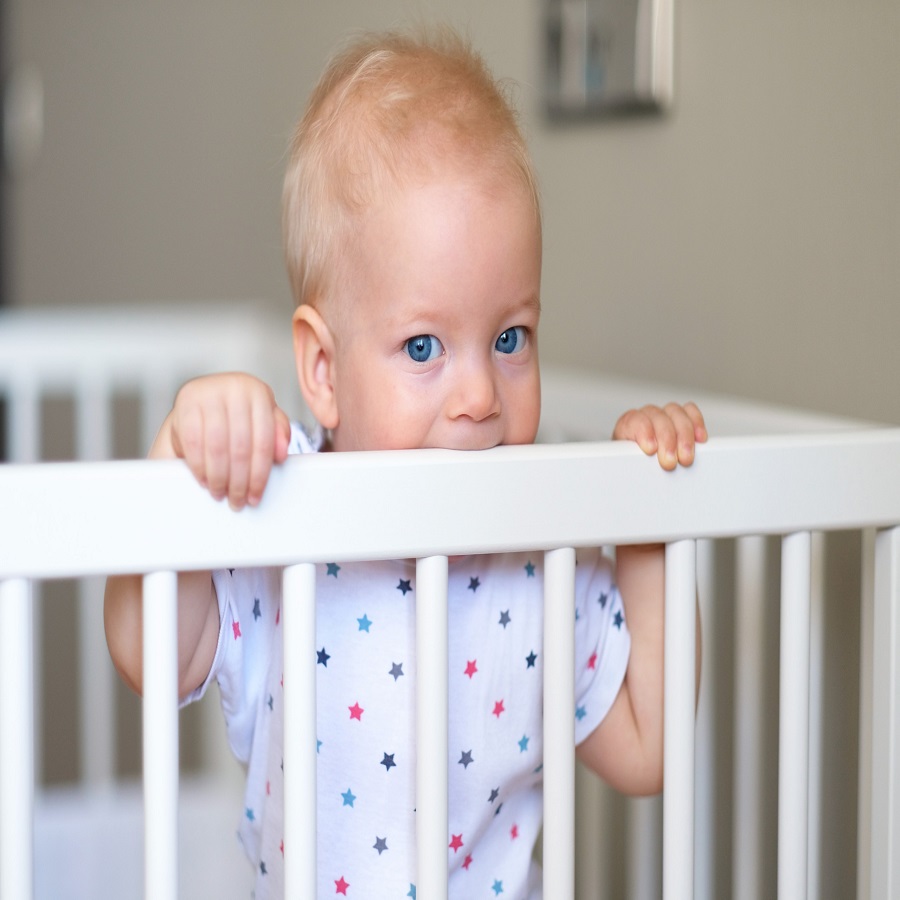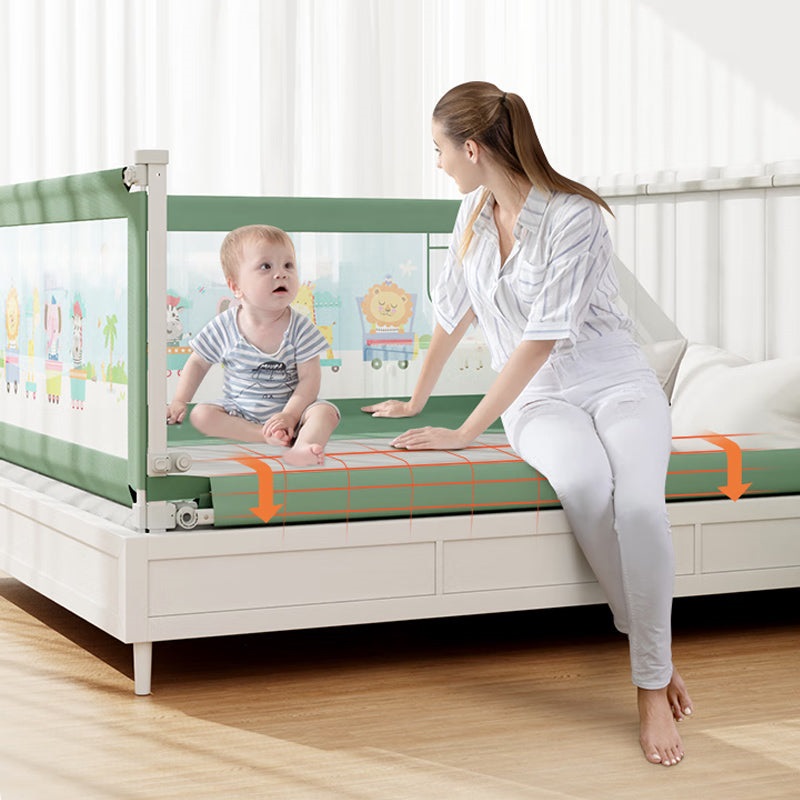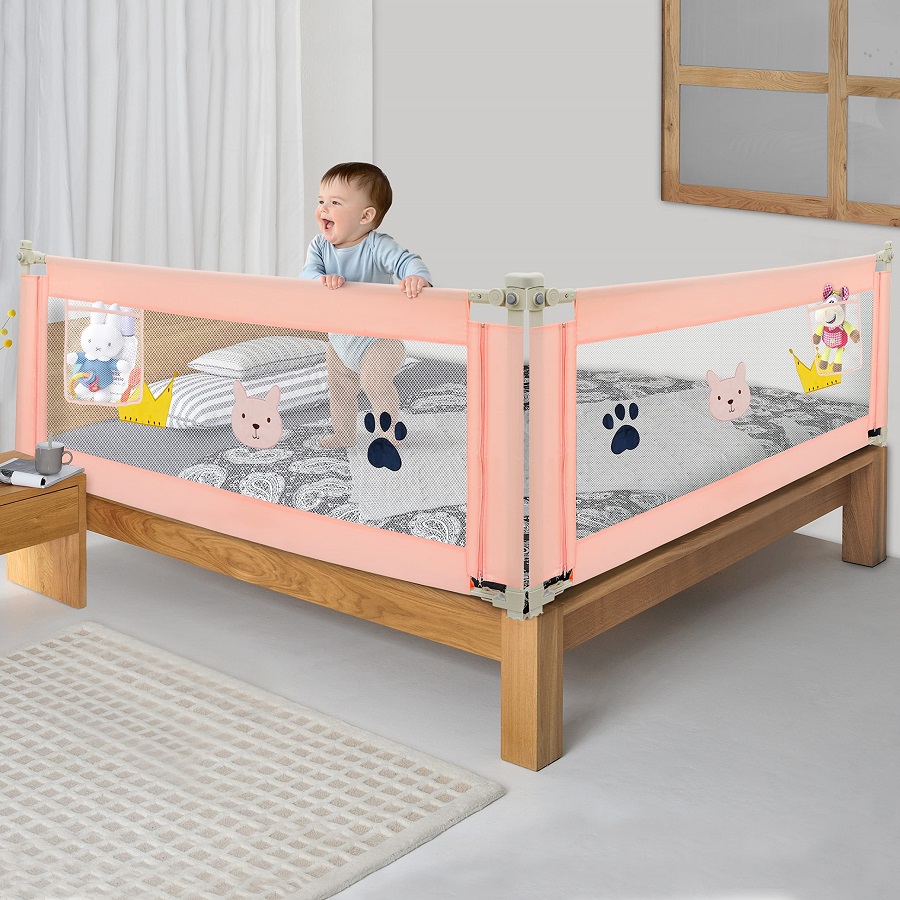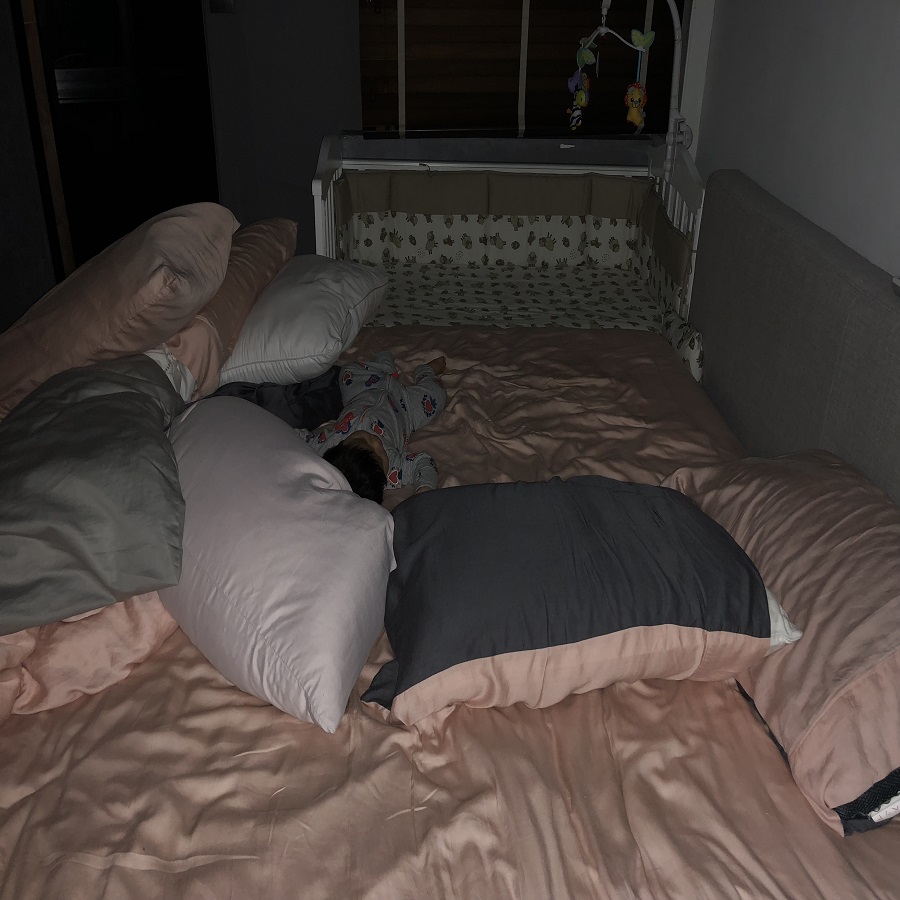Immediate Actions After Your Baby Falls
When your baby falls unexpectedly tumbles, your initial reaction is crucial. Remain as calm as possible despite the shock. Swiftly but with care, assess if they’re conscious and not in serious distress. Immediate crying from your baby can be a good sign – it means they’re conscious and responsive. Avoid moving them if you suspect a neck or head injury – it could worsen potential harm. If they’re vomiting, having a seizure, or show any symptoms of severe injury like unresponsiveness, call emergency services immediately. If these severe symptoms are absent, gently soothe and comfort your baby while you scrutinize for visible injuries. Check their entire body, especially the head, for any swellings or bruises. Your baby’s response to your actions and tenderness is also telling. A steady, normal reaction is reassuring. Keep monitoring – subtle changes in behavior or comfort level can signal something’s amiss. In cases where you’re in doubt or there’s visible harm, seek medical attention promptly.

Signs of Serious Injuries to Look Out For
After your baby falls, look for signs of serious injury. Watch for symptoms that need quick action. Your quick response can help keep your baby safe. Here’s what to pay attention to:
- Unusual or Irregular Breathing: If your baby’s breathing changes or seems odd, get help.
- Loss of Consciousness: If your baby doesn’t wake up or respond, it’s serious.
- Seizures: Any shaking or twitching that wasn’t there before needs a doctor.
- Odd Pupil Size: If one pupil is larger, it might mean a head injury.
- Soft Spot on Head Bulging: This sign can suggest pressure in the brain.
- Vomiting: One or two times might not worry, but more can signal trouble.
- Consistent Crying or Irritability: Endless crying can mean pain or discomfort.
- Blood or Clear Fluid from Nose or Ears: This could be a sign of trauma.
- Refusal to Move Arms or Legs: If your baby won’t use a limb, see a doctor.
- Change in Eating or Sleeping: Eating less or sleeping more can mean injury.
If you spot these, don’t wait. Go to the emergency room or call your doctor right away. It’s better to be safe with quick checks at the hospital. These signs can mean injuries that you can’t see. Your baby’s health is most important, so act fast to keep them safe.
Head Injuries: Identifying Concussions and Skull Fractures
It’s vital to recognize signs of head injuries like concussions and skull fractures after a baby falls. Here’s what to look for:
- Concussion Red Flags: Watch your baby for signs such as excessive crying, refusal to eat, or changes in their usual activities and alertness. Any unusual sleepiness, persistence in crying, or vomiting are urgent signs.
- Skull Fracture Symptoms: Check for visible signs such as a visible dent on the head, swelling, or a soft spot that feels different than normal. Also, keep an eye out for clear fluids or blood from the nose or ears—a possible indicator of skull fracture.
- Behavior Changes: A baby that’s not interacting normally, showing less interest in play, or seeming overly tired can have a head injury. Keep monitoring their behavior closely in the hours and days following a fall.
- Physical Signs: Uneven pupil sizes or a bulge on the scalp should alert you to the possibility of a serious head injury. These symptoms require immediate medical attention.
In the absence of these signs, if your baby seems generally okay and exhibits normal behavior post-fall, this can be reassuring. However, any doubt should prompt a medical consultation, especially if the fall was from a significant height or onto a hard surface. Always err on the side of caution and seek professional advice to ensure your baby’s safety and your peace of mind.
When to Visit the Emergency Room
In some cases, a baby’s fall demands a trip to the emergency room. It pays to know what signs to look for and understand when immediate medical attention is required.
- Loss of Consciousness or Unresponsiveness: If your baby won’t wake or respond, go to the hospital.
- Abnormal Breathing Patterns: If their breathing is strange or seems off, seek emergency care.
- Bleeding or Clear Fluid Leakage: This from the nose or ears calls for urgent help.
- Seizure Activity: Any new shaking or twitching means you should see a doctor fast.
- Persistent Vomiting: More than a couple of times after a fall can signal a problem.
- Sudden Behavior Changes: If they act very differently or won’t eat and sleep, get them checked.
If you notice these signs after your baby falls, it’s critical to get to the ER without delay. Monitoring for these symptoms provides safety for your baby.
Home Care and Observation Post-Fall
After comforting your baby post-fall, home care and keen observation are next steps. Ensure a quiet environment for them to rest. Watch closely for any unusual signs in their behavior or physical state. Look out particularly for changes in their alertness or comfort. Here’s a summary of steps to follow:
- Monitor closely for 24 to 48 hours: Keep an eye for symptoms that may develop or worsen.
- Check for responsiveness: Gently wake your baby periodically to ensure they rouse normally.
- Note any changes in eating or sleeping patterns: Deviations could indicate an issue.
- Avoid pain medication without advice: Consult a doctor before giving any drugs.
- Seek normalcy: If your baby is acting like their usual self, it can be reassuring.
- Stay vigilant overnight: It’s wise to sleep near your baby the first night post-fall.
By offering a blend of watchfulness and comfort, you can manage home care post-fall effectively. If concern arises during observation, don’t wait—contact your pediatrician.

Preventative Measures to Avoid Future Falls
To prevent future falls, take proactive steps. Secure your home environment and be cautious with baby’s positioning. Here are some tactics:
- Always use safety straps: High chairs and changing tables should have your baby buckled in.
- Remove hazards: Clear floors and surfaces of objects that could trip or topple over.
- Lower crib mattresses: As they become more mobile, lower the level to prevent climbing out.
- Install safety gates: Put them at the top and bottom of stairs to block access.
Investing in these preventative measures will greatly reduce the risk of future falls.
Preventative Measures to Avoid Future Falls
Preventing falls requires a secure home environment and responsible handling of your baby. Here are several precautions you can take:
- Use Safety Straps: Always buckle your baby into high chairs and changing tables.
- Clear Hazards: Keep floors and other areas where your baby spends time free from tripping risks.
- Lower Crib Mattresses: As your baby grows, lower the mattress to prevent them from climbing out.
- Install Safety Gates: These should be secured at both the top and bottom of stairs.
- Supervise Closely: Keep an eye on your baby when they’re on high surfaces like beds or couches.
- Secure Windows: Use window guards to prevent your baby from falling out.
- Childproof Your Home: Cover sharp furniture edges and use door knob covers to keep certain rooms off-limits.
By taking these steps, you can help reduce the likelihood of falls and protect your baby from injury.
Understanding When Imaging Tests Are Necessary
After a fall, parents often wonder if imaging tests like X-rays or CT scans are needed to assess their child’s condition. Generally, medical professionals will recommend imaging if the child exhibits signs that could indicate severe internal injuries, such as uneven pupils, unconsciousness, irregular breathing, persistent vomiting, or if there is a clear fluid leaking from the ears or nose. These circumstances could point to conditions like skull fractures or brain injuries which require immediate attention.
However, in cases where the child is alert, active, and showing no signs of distress post-fall, imaging might not be considered necessary. The risks of radiation exposure, particularly from CT scans, often outweigh the benefits if the child is displaying normal behavior and physical signs are reassuring. The principle ‘ALARA’ (As Low As Reasonably Achievable) guides the decision-making in pediatric care – avoid unnecessary exposure to radiation when the situation allows.
It is crucial for parents to monitor their baby closely for any delayed symptoms and consult their healthcare provider if anything unusual arises. Imaging tests can be an important diagnostic tool, yet they are not a default step in every situation involving a fall. Parental observation and professional assessment play significant roles in determining if such tests are warranted. Always communicate openly with your pediatrician or seek a second opinion if you have concerns about your child’s health post-fall.

Dealing with the Emotional Impact on Parents
When your baby has a fall, it can be a scary experience. You might feel guilt, worry, or panic. These feelings are normal for any parent. Here’s how to manage the emotional impact:
- Stay Calm: Breathe deeply and focus on what needs to be done for your baby.
- Seek Support: Talk to someone you trust about the incident. It can help you process.
- Focus on Prevention: Taking steps to prevent future falls can give you a sense of control.
- Monitor Your Feelings: If anxiety persists, consider speaking to a professional for support.
- Learn First Aid: Knowing how to respond in an emergency can boost your confidence.
- Be Forgiving: Accidents happen. Forgive yourself and move forward.
Remember, handling your emotional response is important for both you and your baby’s well-being. Take the time you need to recover from the shock and know that it’s okay to seek help.
